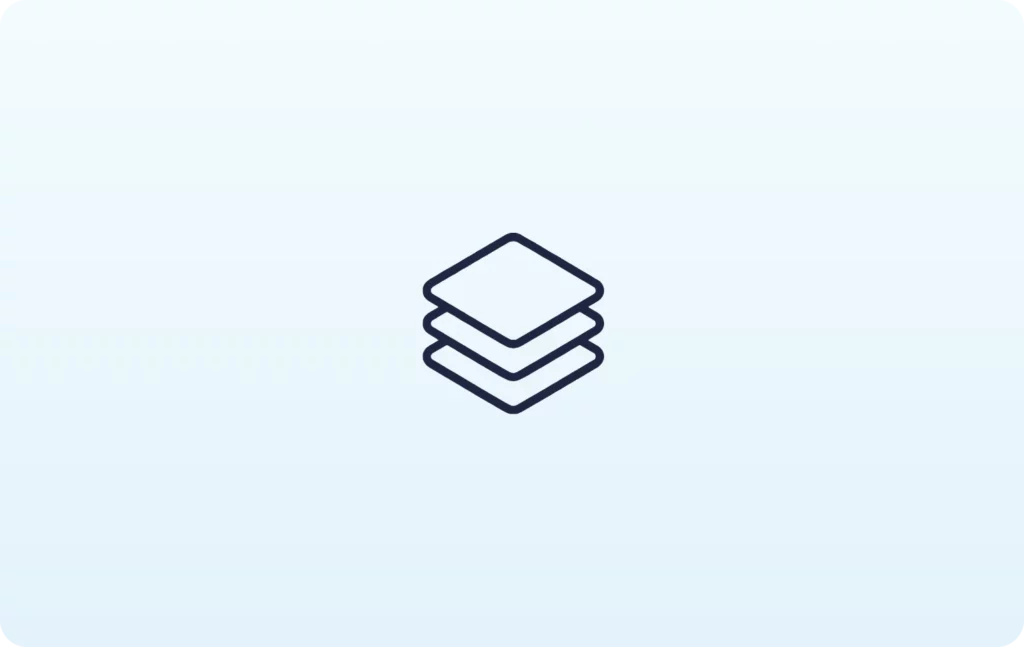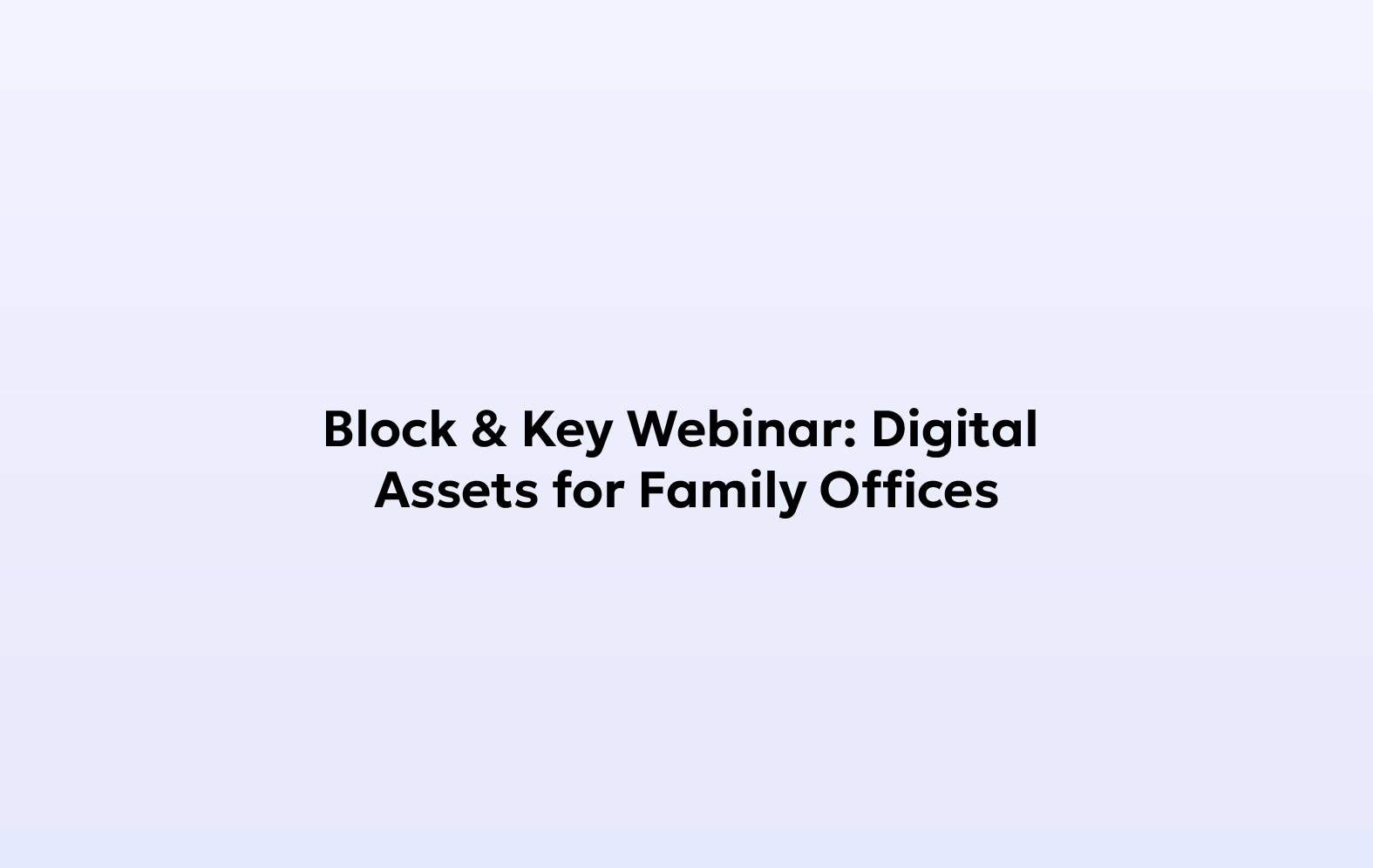Experts and crypto enthusiasts in the world of Web 3.0 talk a lot about “layer 1” and “layer 2.” These are important ideas about blockchains, but they might make you scratch your head a bit. To simplify it, The base blockchain protocols such as Bitcoin or Ethereum are referred to as L1 layers. The third-party protocols built on top of the base blockchain protocols are called L2 layers.
Key Takeaways
- Layer 1 and layer 2 scaling solutions offer ways to make blockchain infrastructure work faster and handle more operations.
- Layer 1 scaling solution essentially changes the fundamental rules of a blockchain to let it process more transactions.
- Layer 2 scaling solution introduces an extra layer of code on top of the L1 base layer. The L2 layer helps the core blockchain network to scale and work faster without changing the core L1 layer.
What is blockchain scalability?
Web3 blockchain technology is a new strong pillar in the world’s economy. It’s built on decentralized networks, not controlled by one person, company, or government. But there’s a big challenge these networks face. It’s called the “Blockchain Trilemma” This challenge is about finding the right balance between three critical components: Decentralization, Security, and Scalability.
Decentralization
The first component is a decentralized network. The computing and consensus mechanisms are distributed across the network in a decentralized infrastructure.
Network Security
The second component is security. The network has to be protected from malicious actors and cyber-attacks, which is why stringent security using cryptography is critical. These components are vital for the blockchain infrastructure to work well.
Blockchain Scalability
The third component is scalability. This component is critical for making the network able to handle multiple cryptocurrency transactions at once and grow in the future. This is important because it lets the blockchain compete with other systems, such as centralized systems that can do transactions fast.
Example
Right now, some big credit card companies can do thousands of transactions per second, while Bitcoin, a famous blockchain, can only do 4-6 transactions per second. On the other hand, the polygon blockchain can process 65,000 transactions per second.
To be as good as centralized systems, blockchain, such as Bitcoin, Ethereum, and polygon services, needs to find a way to process, verify, and execute a lot of transactions quickly. Thankfully, new blockchains and solutions are being made that can help with this problem. They are making progress by using two different methods: one is called “Layer-1 scaling solution”, and the other is called “Layer-2 scaling solution”. These methods are helping blockchain cryptocurrency handle more transactions and become even more helpful.
What is a blockchain Layer 1 v/s Layer 2?
Layer 1 scaling solution
Think of the base blockchain as the main network, called layer 1. This is like the heart of the whole decentralized ledger system. Talking about layer-1 scaling solutions means transforming this main network, the base blockchain, better, faster, and more scalable. Such solutions are sometimes referred to as on-chain networking.
Simply put, some cryptocurrencies work on layer one because they can execute transactions directly on their blockchains. They have their native tokens for paying transaction fees.
Example of Layer 1 blockchain Solution: Ethereum (ETH) and Bitcoin (BTC) are prominent examples of Layer 1 in the blockchain industry.
How do L1 scaling solutions work?
The base layer developer teams usually bring changes in the layer-1 networks. Sometimes, the community must introduce significant changes in certain portions of the base layer (also known as a hard fork) or make minor compatible changes (also known as a soft fork).
For instance, Bitcoin’s SegWit update is a small change. But if we want to make big changes, like making Bitcoin’s block size larger to 8MB, we need a big change called a hard fork. This kind of change can lead to two different versions of the blockchain.
Another way to expand network size is by sharding. It’s like breaking the network operations into smaller parts and then processing it all together simultaneously.
Layer 2 scaling solution
Layer 2 is like a helper protocol that works above the main blockchain to make it function efficiently and scalable. When you use layer-2 scaling solutions, the L2 protocol moves a significant portion of the processing workload from the blockchain mainnet. It effectively manages the processing load and reports the final block to the blockchain mainnet.
With this helper chain, the core blockchain mainnet doesn’t get too congested and executes a large number of transactions without getting too slow. This makes everything work better and more efficiently.
Example of Layer 2 blockchain Solution: Polygon blockchain and Immutable X are prominent examples of layer 2 used on the Ethereum blockchain network. Plus, you need a polygon staking wallet or a multisig wallet to leverage the thriving crypto blockchain ecosystem.
How do L2 scaling solutions work?
Three prominent methods have been utilized in the layer-2 scaling solutions: roll-up, sidechain, and state channel.
Roll-up
Zero-knowledge roll-ups take multiple off-chain transactions from layer two and send them together as one block on the main chain. It is one of the most common types of scaling solutions employed by numerous blockchain cryptocurrencies. It uses Proof of Validity to ensure the transactions are appropriate, signed, and verified.
The main chain holds your assets, such as Ethereum or polygon assets, and smart contracts help connect everything. These smart contracts make sure the roll-up is happening right. This method makes the original network safer.
Sidechain
Sidechains are separate blockchain networks with special validators that ensure nodes are okay. Smart contracts are like bridges that connect the main blockchain and the sidechain. They also check if the sidechain is doing things right. It’s important to keep an eye on the sidechain because it can control the assets on the main blockchain. Most wallets, such as polygon matic wallets, are compatible with sidechains.
State Channel
State channels help make a special connection between the real blockchain and an off-chain transactional channel. Usually, the parties seal off part of the main chain and then connect to an off-chain. This connection is set up using a special contract, such as a multi-signature smart contract they agreed on before. Then, they do their trade without putting everything on the main blockchain right away. When they finish all their trades, the channel’s end status is broadcast to the main blockchain for validation. This helps transactions happen faster and makes the network better at handling lots of trades – improving network capacity.
Benefits of Layer 1 and Layer 2 Scaling Solution
Layer 1 and Layer 2 blockchains are two different ways to make Web 3.0 blockchains scalable and work better when lots of users use them.
Layer 1 blockchains, like the base, are the main part of a blockchain system. Examples are Bitcoin and Ethereum. They’re good at being safe and decentralized, but they can become slow and costly when many people use them.
Layer 2 blockchains are built on top of others, like adding an extra layer to a building. They try to fix the slowness and scalability issues of Layer 1 blockchain infrastructures. They use external parallel networks to perform transactions without slowing the main network.
Layer 2 ways include things like roll-ups, sidechains, and state channels. They’re faster and cheaper but not as safe as Layer 1 because they’re not as decentralized.
Another difference is how they’re made. The design and implementation of both scaling solutions are quite complex. Changing Layer 1 is hard and needs everyone to attain consensus. But Layer 2 changes are easier because they’re built on top and don’t need everyone to attain consensus. However, they can bring their problems, like trusting the operators who run the layer two networks.
What’s next after Layer 1 and Layer 2?
A big question is if we’ll still need Layer 2 solutions when Layer 1 blockchains get better at handling lots of things. Some blockchains and cryptocurrencies are getting better, and new ones are being made to handle lots of operations. But it might take a while for the big ones to become scalable.
The most likely thing is that Layer 1 will focus on being safe, while Layer 2 will support scalable Web3 blockchain infrastructure for special use cases.
In the future, big blockchains like Ethereum and Polygon services might still be the most popular because they have many users and developers. They’re strong and trusted. This makes them a good base for Layer 2 solutions.
Conclusion
Layer-1 and layer-2 are two critical components of the plan to make the blockchain scalable, efficient and reliable. Both solutions are being designed to support a rapidly growing user base.
Both the scaling solutions are not better than each other. Instead, many web3 blockchains, such as Ethereum and polygon blockchains, are trying both layer-1 and layer-2 solutions together. This way, scaling solutions can make the blockchain infrastructure handle more operations without losing safety or decentralization.
FAQ
What are the key features of Layer 1 blockchains in terms of consensus mechanisms?
Layer-1 blockchains use numerous consensus mechanisms to process and validate transactions. Additionally, the consensus mechanisms help achieve agreement among network participants. Plus, they prioritize security by utilizing cryptographic algorithms and DLT infrastructure.
How do Layer 1 blockchains ensure decentralization and censorship resistance?
Blockchain cryptocurrency can stand up to censorship because of how they’re built. But when blockchains try to deliver really fast and cheap transactions, they might not resist censorship as well. So, the faster and cheaper L1 mainnet layers are, the less they can fight against censorship.
How does the Lightning Network work as a Layer 2 scaling solution for Bitcoin?
The Lightning Network uses micropayment channels to help scale Bitcoin. Micropayment channels make Bitcoin work better and handle transactions faster and at a lower cost.
Which solution is more suitable for handling a high volume of small transactions quickly?
L2 solution is considered to be ideal for handling a high volume of small transactions quickly. Layer 2 blockchains, such as polygon blockchain, make transactions quicker and cheaper by executing them off the main blockchain (L1). You can use L2 solutions using most crypto wallets, such as polygon staking wallets or polygon multisig wallets.
What role do payment channels play in layer two scaling solutions?
Think of channels as a way to do transactions promptly without paying high fees. But they only work for certain types of transactions because they’re made for specific tasks. They can’t do everything since they are not built on smart contracts. An example is the Bitcoin Lightning Network, which can handle lots of transactions without fees and is mainly used for payments.
What is the difference between L1 and L2 scaling?
Blockchain’s Mainnet (L1 layer) are really safe and decentralized, but they can’t handle lots of transactions and process requests at once. On the other hand, L2 layer solutions such as crypto polygon blockchain can handle more transactions and cost less, but they might not be as safe or decentralized as the blockchain’s mainnet (L1 layer).
What are layer two scalability solutions?
Layer 2 is a way to make your dapps work better and faster by dealing with transactions off the blockchain’s mainnet (Layer 1). The strong security of the layer 2 scalability solution is derived from the blockchain’s mainnet.
What are Layer 1 scaling solutions?
Making the bottom (core) layer of the blockchain cryptocurrency better and more scalable is called Layer 1 scaling. This means changing how the blockchain works so that it can be faster and handle more transactions at once.
What is Layer 1 and Layer 2 scaling?
Layer 1 scaling means making the main part of the blockchain better. This includes changing the rules of how it works so that it can be faster and handle more transactions. On the other hand, Layer 2 scaling is about creating something new on the blockchain that helps it work even better.
Is Bitcoin a layer two solution?
No. Consider blockchains such as Bitcoin and Ethereum as the main layer, called “Layer 1.” They handle all the transactions. On top of this layer, there’s another framework called “Layer 2.” This Layer 2 helps make things even better, especially when it comes to handling lots of transactions. It’s like adding an extra layer to improve how the blockchain works.






